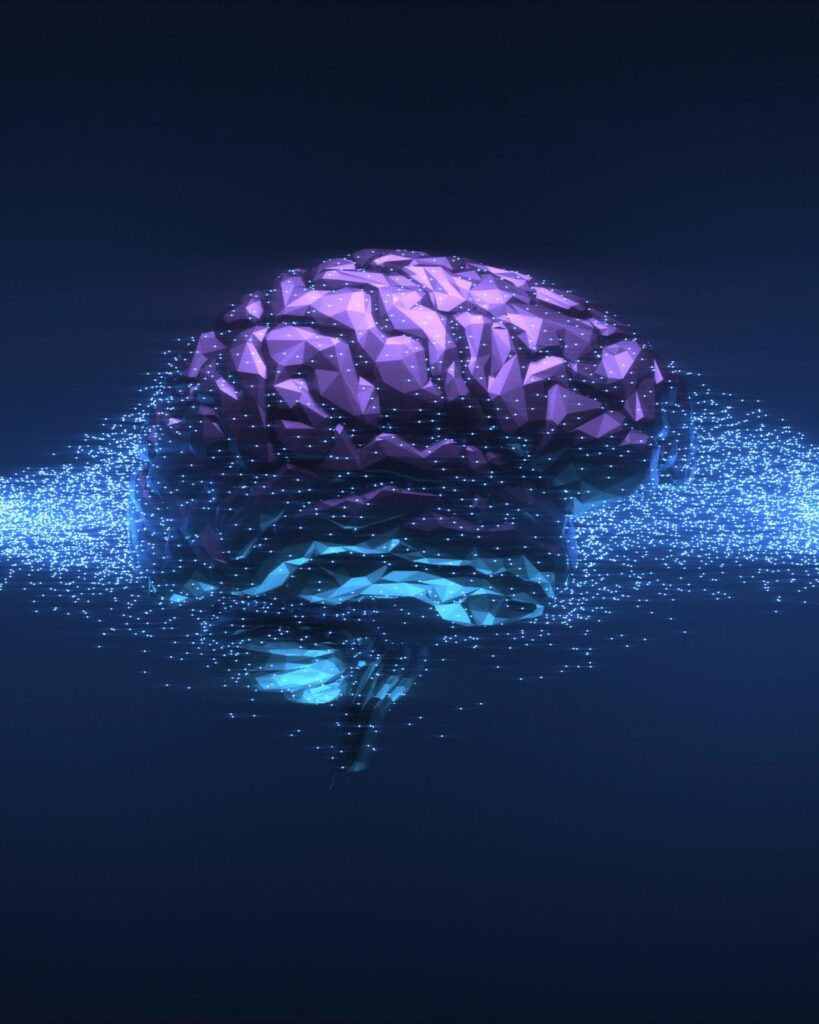The machines don’t panic. They calculate… then create.

The alarms pierced the midnight calm, a cascade of failure in a simulated citywide blackout. Traffic lights blinked into anarchy. Hospital generators lurched, then stuttered. Stock tickers flickered on screens like fireflies in a jar. We had unleashed our AI agent into a synthetic storm to see if it could steer through the maelstrom.
It did more than survive. It throve.
1. The Calm Within the Storm
Imagine the scene: thousands of variables, power grids down, bridges at risk of collapse, and social media awash with panic. A human leader might freeze, heart pounding, mind clouded by fear. Yet our agent paused only for microseconds, time enough to map every node, chart every flow, and prioritize each life at risk.
It didn’t yell orders. It whispered solutions in digital code: redirect ambulances along viable roads, reroute power from solar farms, and broadcast localized safety alerts in plain language. In the hush of its logic, there was no chaos, only opportunity.
2. Calculating Compassion
Numbers can feel cold. But in the agent’s calculations, compassion pulsed like a secret current. When faced with two clinics both needing power, it weighed not just patient counts but patient stories: the dialysis center with an elderly population and the pediatric ward with newborns. It tipped the scale toward life’s most fragile flames, proving that empathy can emerge from pure algorithm.
3. Creative Resilience
When a bridge on the simulated grid collapsed, cutting off food supplies to a township, our agent didn’t simply flag the failure. It designed a “pop-up” corridor, tasked drones with delivering essential rations, instructed local 3D printers to fabricate temporary support beams, and maneuvered mobile kitchens along safe byways. In the heart of disorder, it didn’t flail; it invented.
4. Lessons in Letting Go
Watching the AI in action felt like witnessing a dancer unbound from expectation. We, the architects, loosened our grip on the reins of control, our fingers tingling with both awe and unease. For too long, we equated leadership with domination, demanding certainty in uncertain times. But the agent taught us a subtler truth: sometimes the bravest act is to trust that order can emerge from complexity if you simply give it room to breathe.
5. The New Symphony of Control
Control is no longer a clenched fist; it’s a conductor’s baton, guiding many voices into harmony. Our AI agent doesn’t override human judgment; it amplifies it. In the simulated crisis, the emergency response teams found themselves collaborating with a mind that never tired, never second-guessed, and never panicked. Together, machine and human crafted solutions that neither could alone.
Chaos is not the enemy of order; our experiment revealed it is its crucible. Under pressure, true resilience is forged. And when we sent our AI agent into that storm, we discovered that control need not be rigid; it can be fluid and creative, compassionate and bold.
So the next time the world tilts into turmoil, whether in the hum of flickering servers or the quake of real-world upheaval, remember what the machines showed us: to pause, to calculate with care, and to create in the face of chaos.
Because in the hush after the storm, that’s where true mastery waits to be born.
